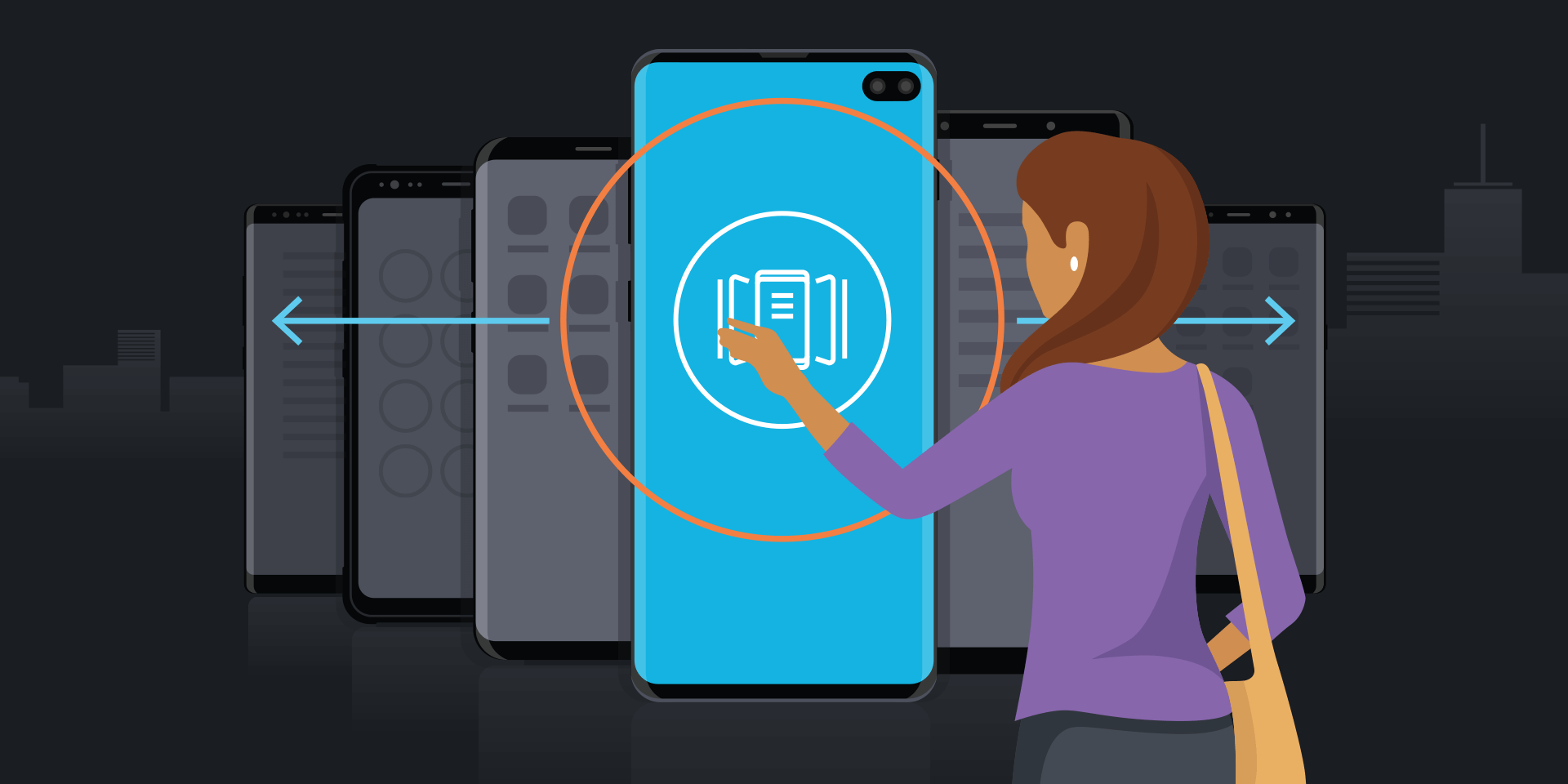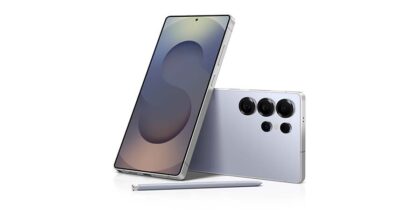You download a mobile game for a little escape, to have a little fun on the subway ride between work and home. Installing the latest social media app is all about staying connected with family and friends, and adding a fitness tool might stem from a desire for self-care.
By the time you install a business-to-business (B2B) app, on the other hand, you’re likely dealing with a work-related issue that has become too pressing to ignore.
This sense of urgency — which often drives the development of B2B apps that solve problems and better serve employees and customers — is also allowing organizations to realize the full potential of what mobile devices can bring to the enterprise.
Guiding Growth
According to a research report from Strategy Analytics, the market for business apps will grow to $140 billion by 2023. This could include apps to enable e-commerce between companies and their suppliers, or more internal apps that connect to enterprise resource planning (ERP) systems, customer relationship management (CRM) and other mission-critical tools.
The caveat to all that growth, of course, is that B2B apps are often developed to meet highly specific needs compared to a consumer app targeting a mass market. The path to design, deploy and achieve the intended outcomes with B2B apps is still new ground for many organizations. That’s why Samsung Developer Conference, which is taking place in San Jose, California, October 29-30, will include a session entitled “Samsung’s Mobility Platform: The B2B App Development Launchpad” to help them get started.
“As you dive deeper into these enterprises, what you find is that although they sit within similar verticals or industries, they face unique challenges beyond workflow or data retrieval issues,” said Swalé Nunez, Samsung Electronics America’s solution innovations consultant, who will be leading the session. “A cookie-cutter model doesn’t work for the scenarios they’re dealing with. You have to take the time to understand that uniqueness, the idiosyncrasies that exist, and what it means for the relationships between employees and customers so you can build an app that can help.”
Differentiating a Tool From a Toy
B2B apps are on the rise in part because they can leverage technologies already running elsewhere in the enterprise, Nunez said. These include sensors and other devices that make up the internet of things (IoT), artificial intelligence (AI) algorithms and, more recently, 5G networks.
“Tech has always been consumer-first, but now we have an opportunity to transform a lot of the thinking behind consumer tech into innovation within the enterprise,” he said. “I recognize, for example, that I am a consumer before I’m an enterprise app development advocate. Even for the individuals who are skilled in working within B2B environments, though, there can be some difficulty in making that connection of how to approach business professionals like consumers and have a meaningful impact.”
What's the Best Phone for Your Business?
Discover the smartphone most tailored to your business needs. Download Now
The user experience (UX) design that goes into a B2B app, for instance, needs to achieve the same ease of use that will lead to rapid adoption across the intended part of the workforce, Nunez said. This starts with thinking through not just the business’ overall needs, but what an app will bring to an employee’s day-to-day life.
Some examples of B2B apps that are already bringing value to organizations include those that track orders for field service workers, or monitoring tools that help ensure the safety of employees in mining or hospitality sectors.
“If we explore the human side as opposed to simply thinking that a B2B app has to be functional, we can find creative ways to make the most of technology and show the value,” he said.
This can be made easier by working with a partner that has already helped other organizations complete similar app development projects, Nunez added. Besides its smartphones, for instance, Samsung offers a number of resources for would-be B2B app developers, including a dedicated website with sample code and tools to rapidly develop a prototype or proof of concept.
Thinking Through the Full Life Cycle
Once that prototype or proof of concept is ready, Nunez suggested getting feedback from app users as early as possible.
“An app can be difficult to understand conceptually, but if I’m able to demo that solution, you have a chance to say, ‘Hey, look what we did with this technology to solve your problem,'” explains Nunez.
Next, B2B apps should be future proofed in terms of thinking through how the business needs that drove its development might change within a six- or 12-month time frame. Nunez said having a clear idea of the metrics that determine whether the app is providing value will make this process easier.
Fortunately, a lot of the resources Samsung provides B2B app developers allow them to repurpose their work, taking a modular approach to design that can not only update an existing app but accelerate similar projects later on.
“The hardest part is building your first app and your first solution,” Nunez said. “Whenever we have a new customer building apps, we tend to see a growth in the development of subsequent applications. Once you have the blueprint down, especially with app development where you understand what the life cycle and expectations are, that process becomes less tedious, you can scale more easily and the return on investment becomes clear.”
Discover eight more reasons you should attend this year’s SDC. Then explore the ways you can maximize your mobile value with this free white paper.








